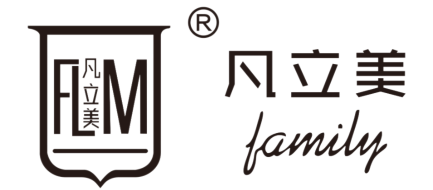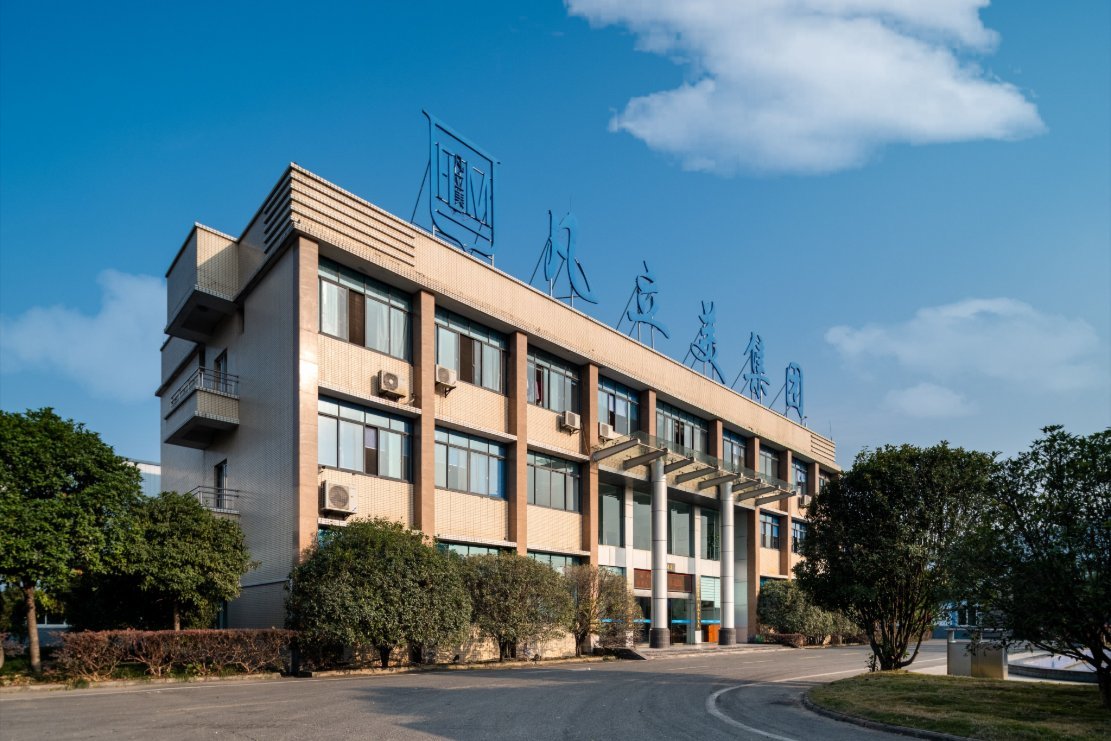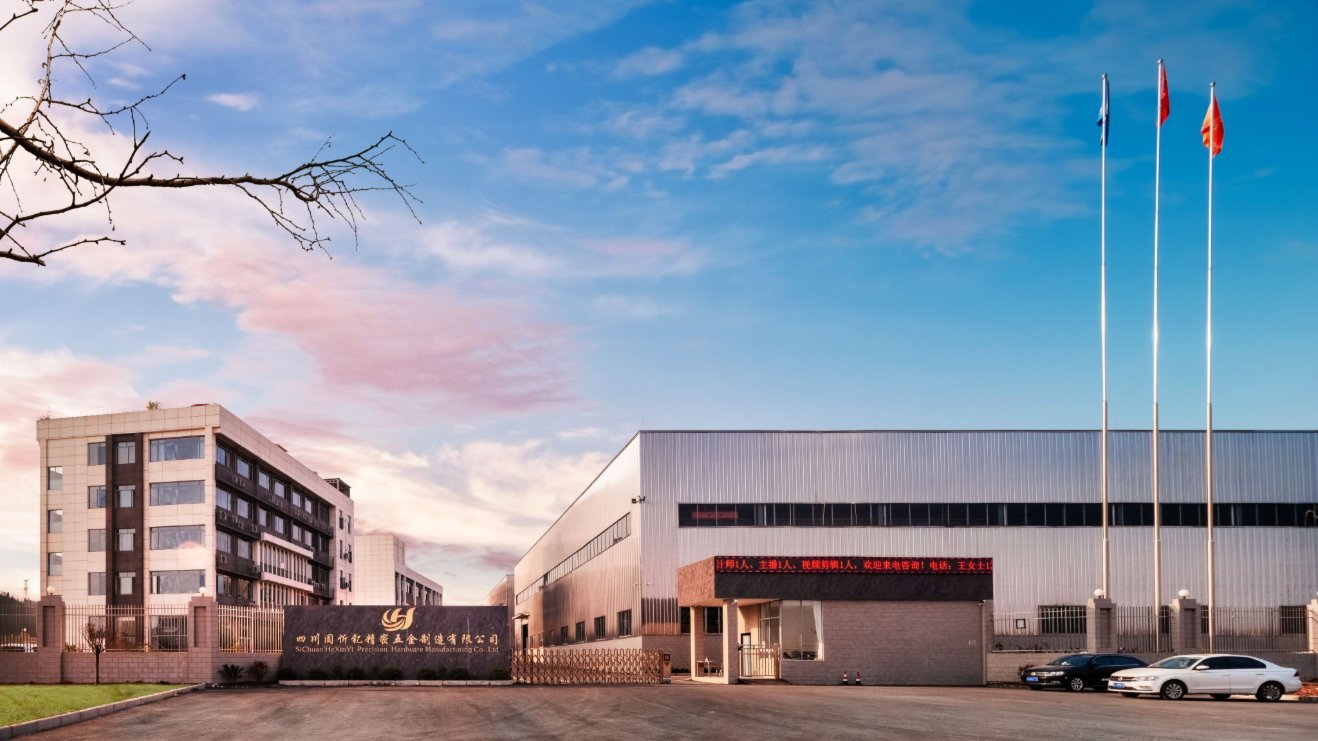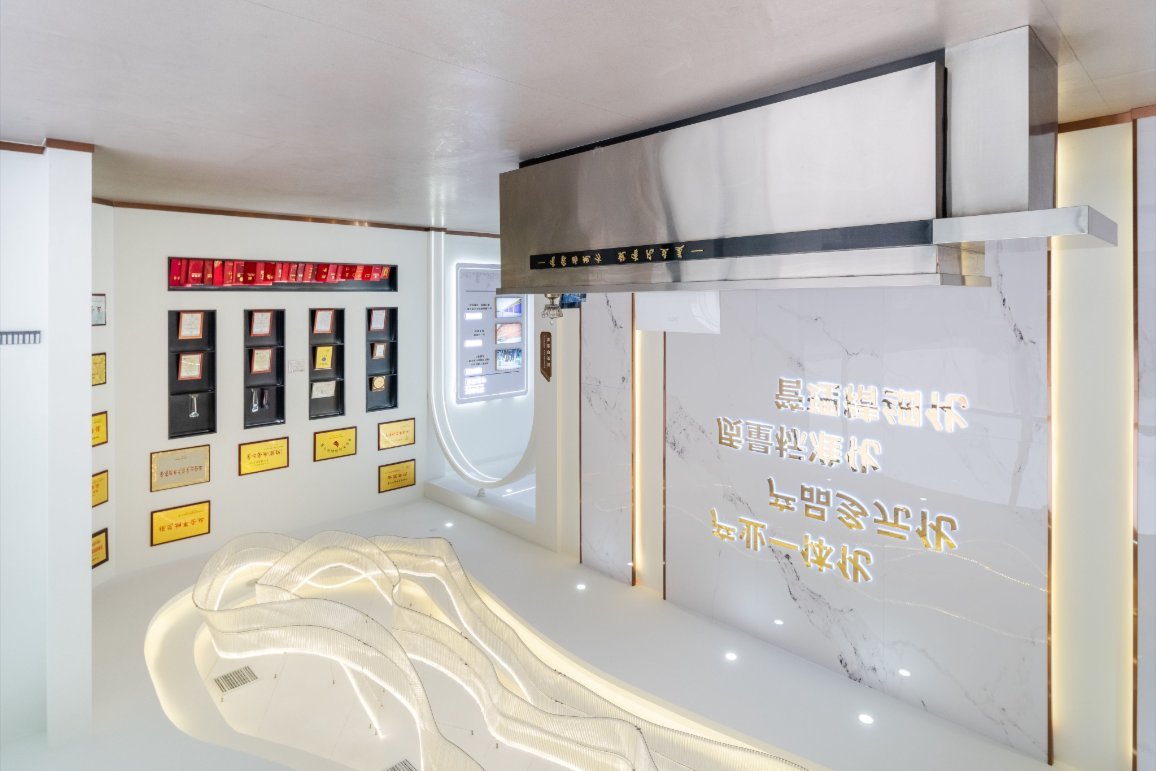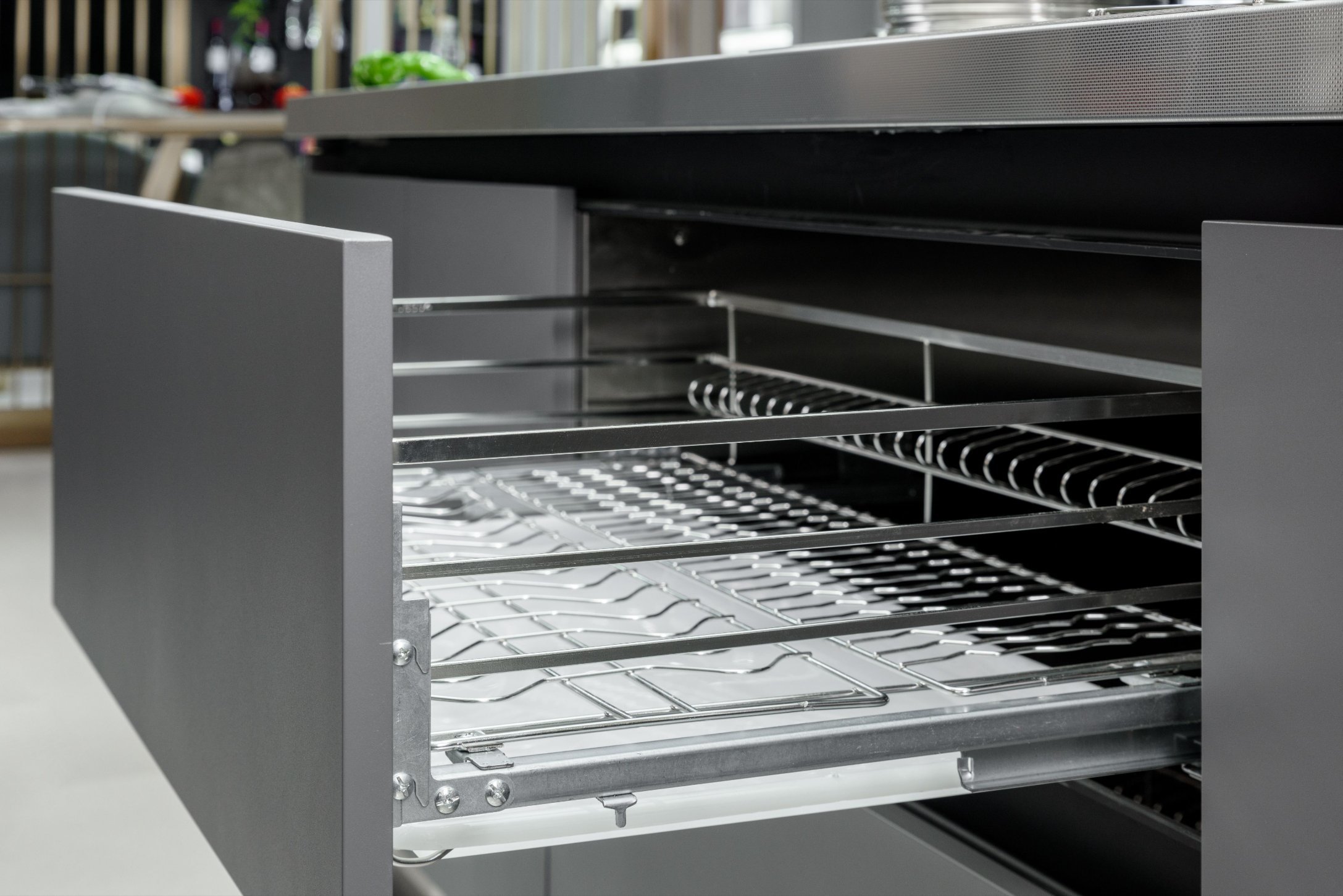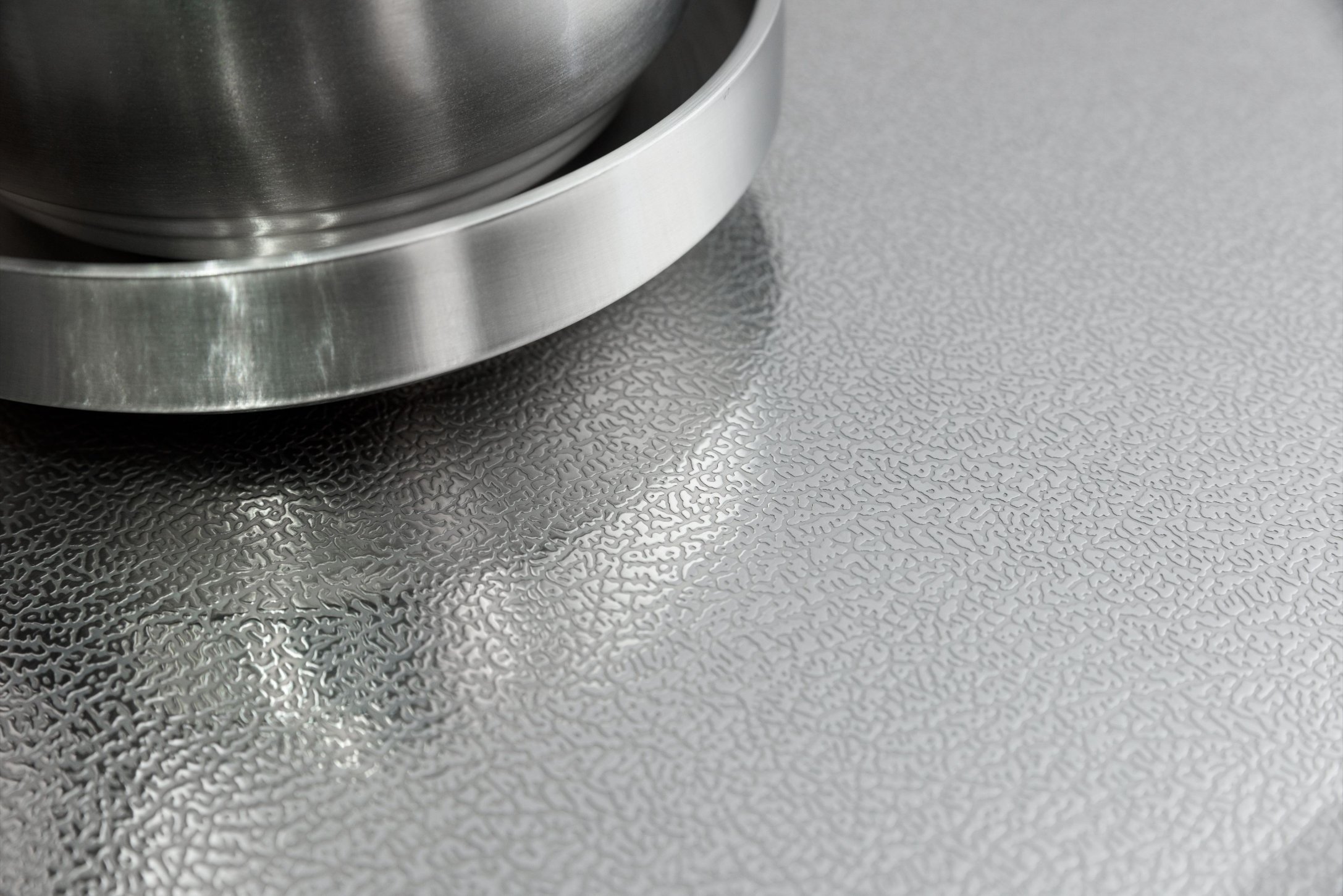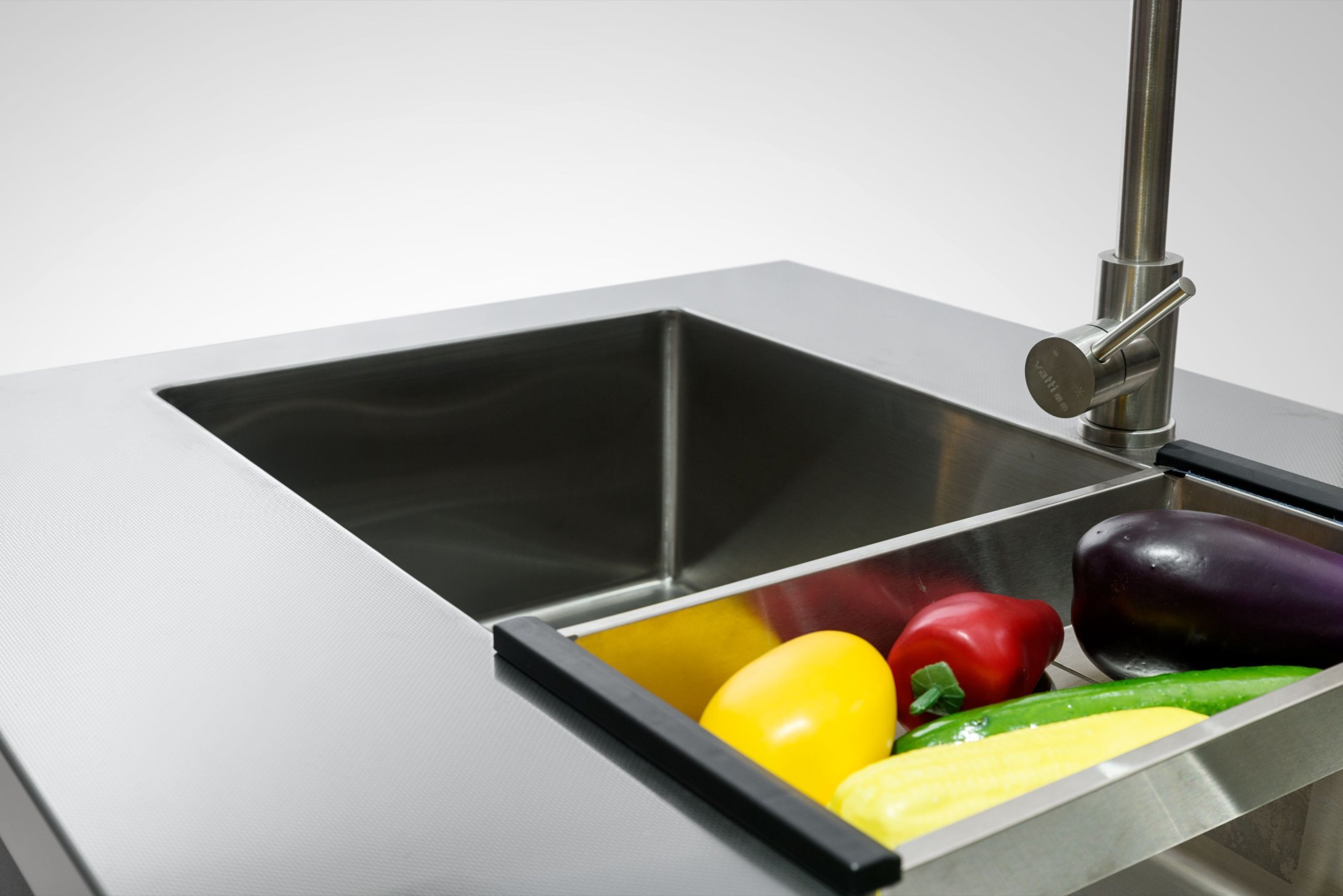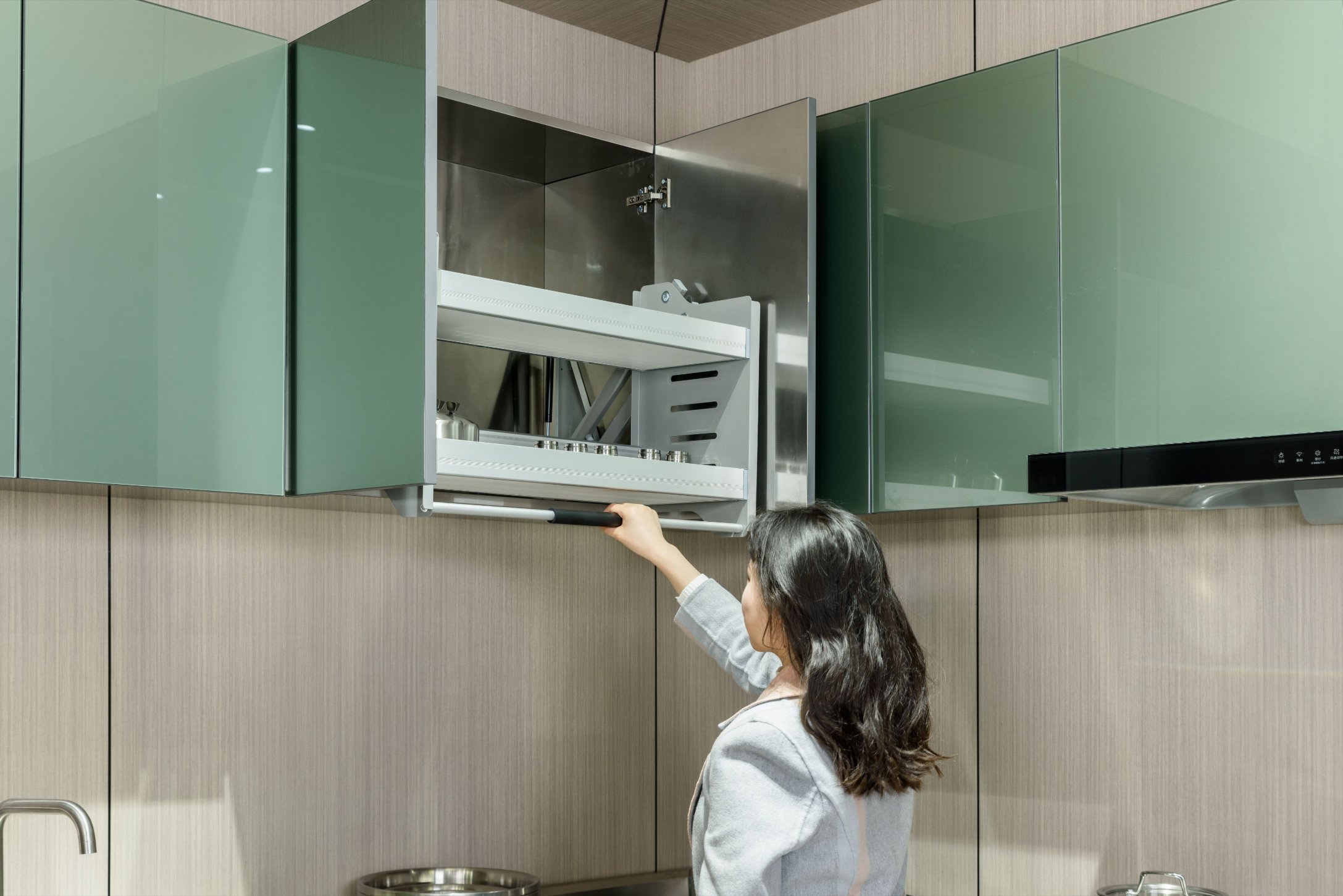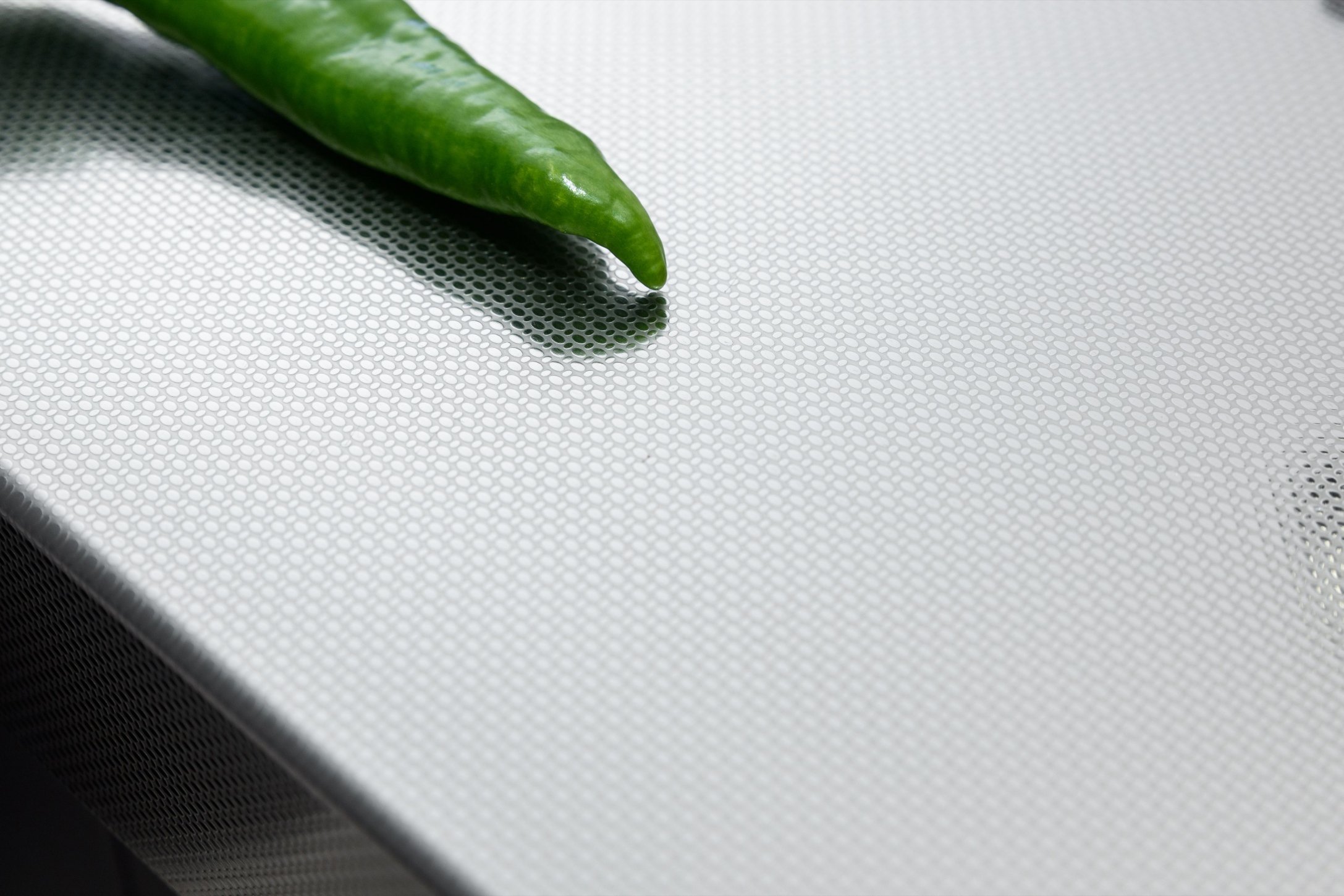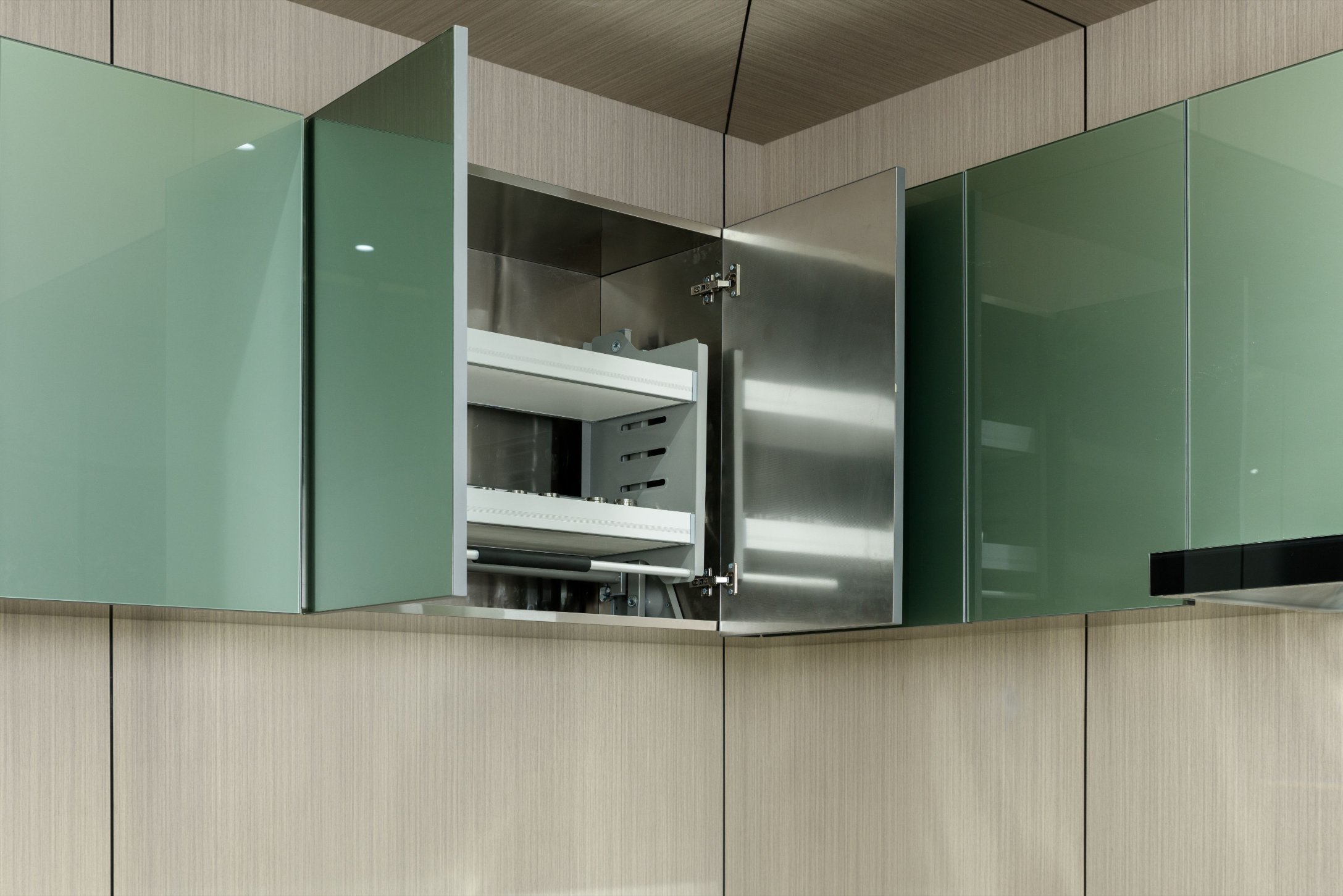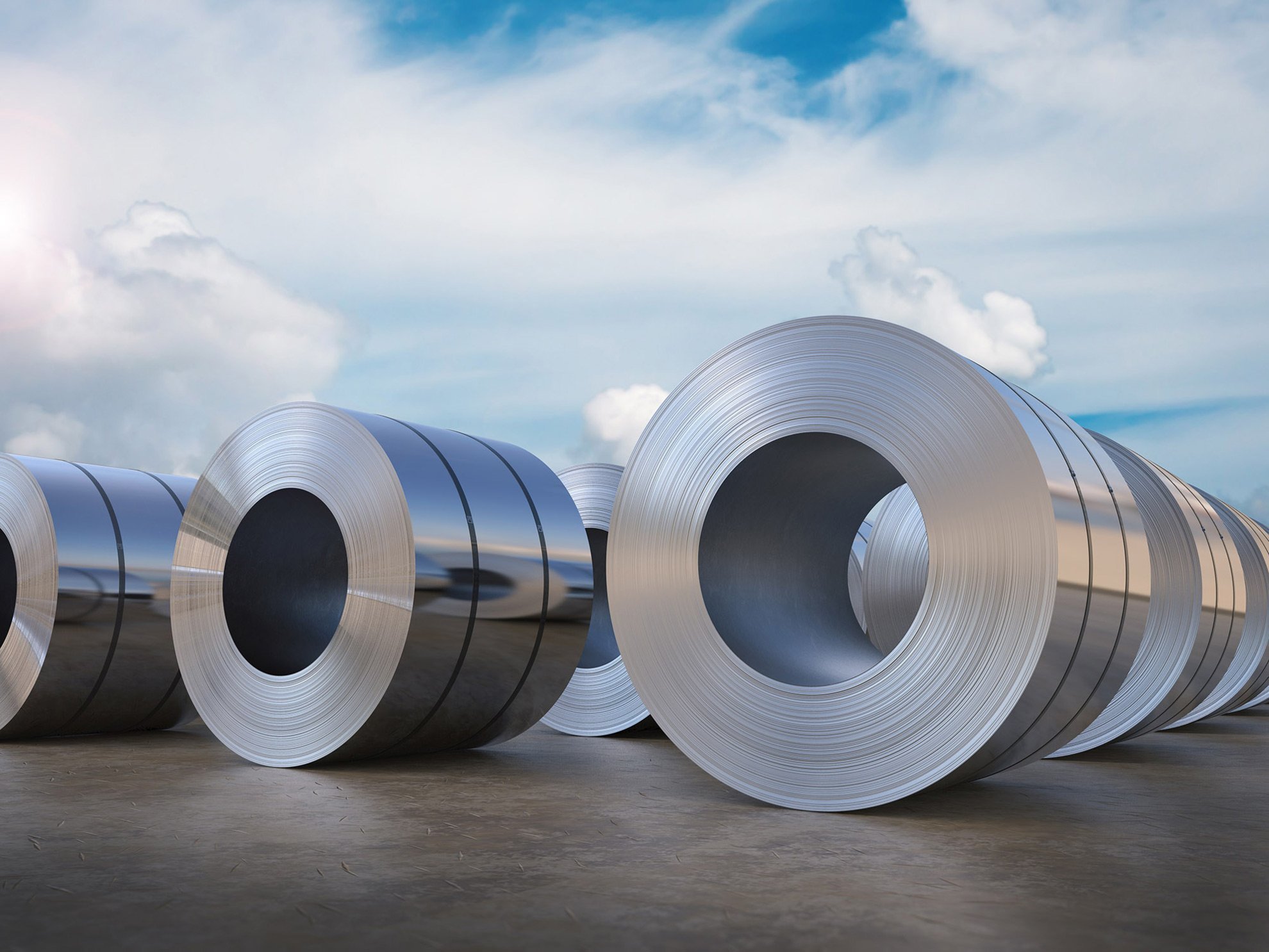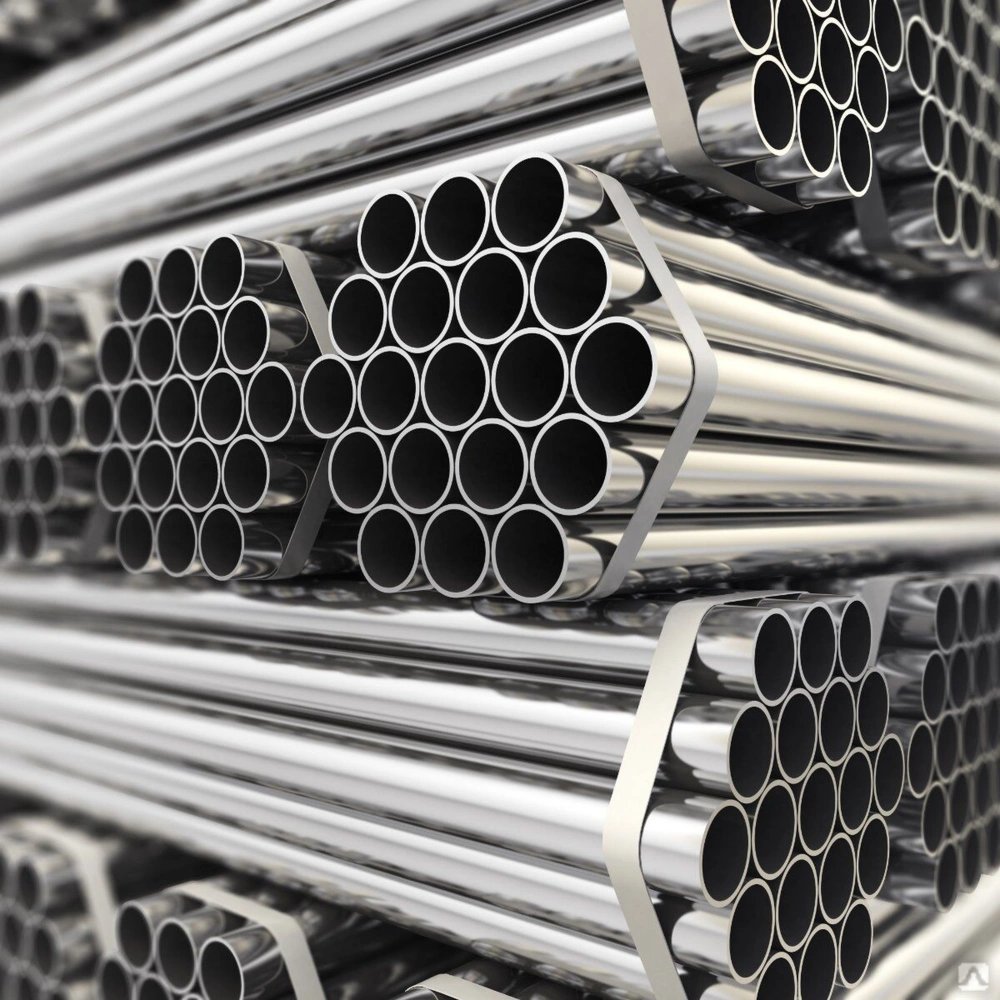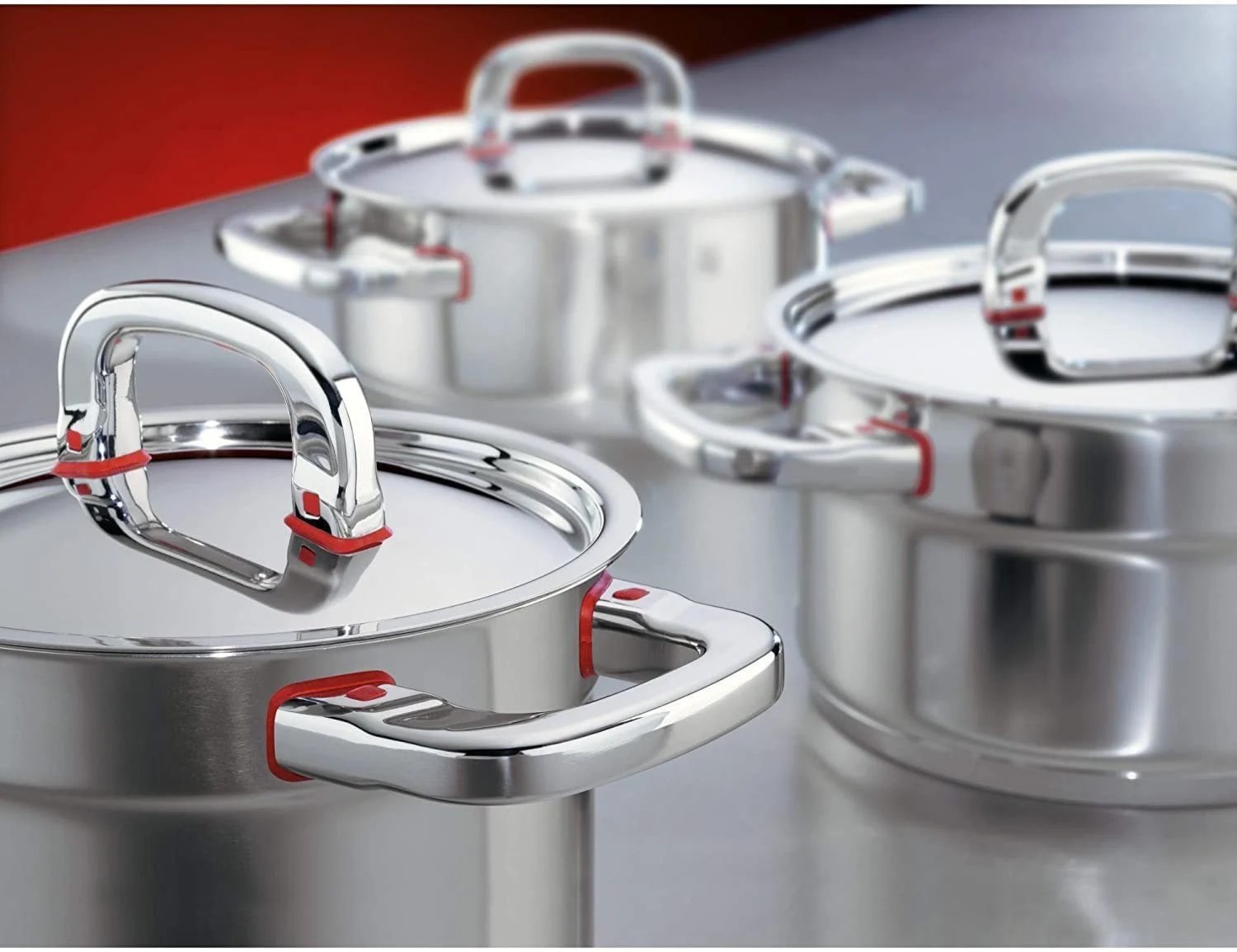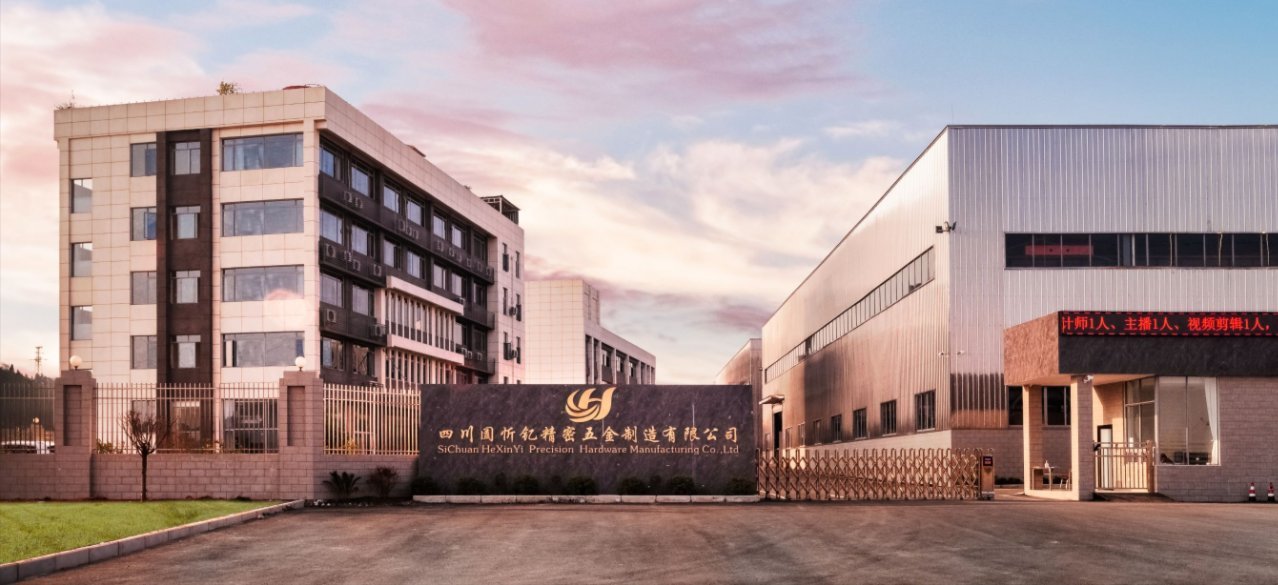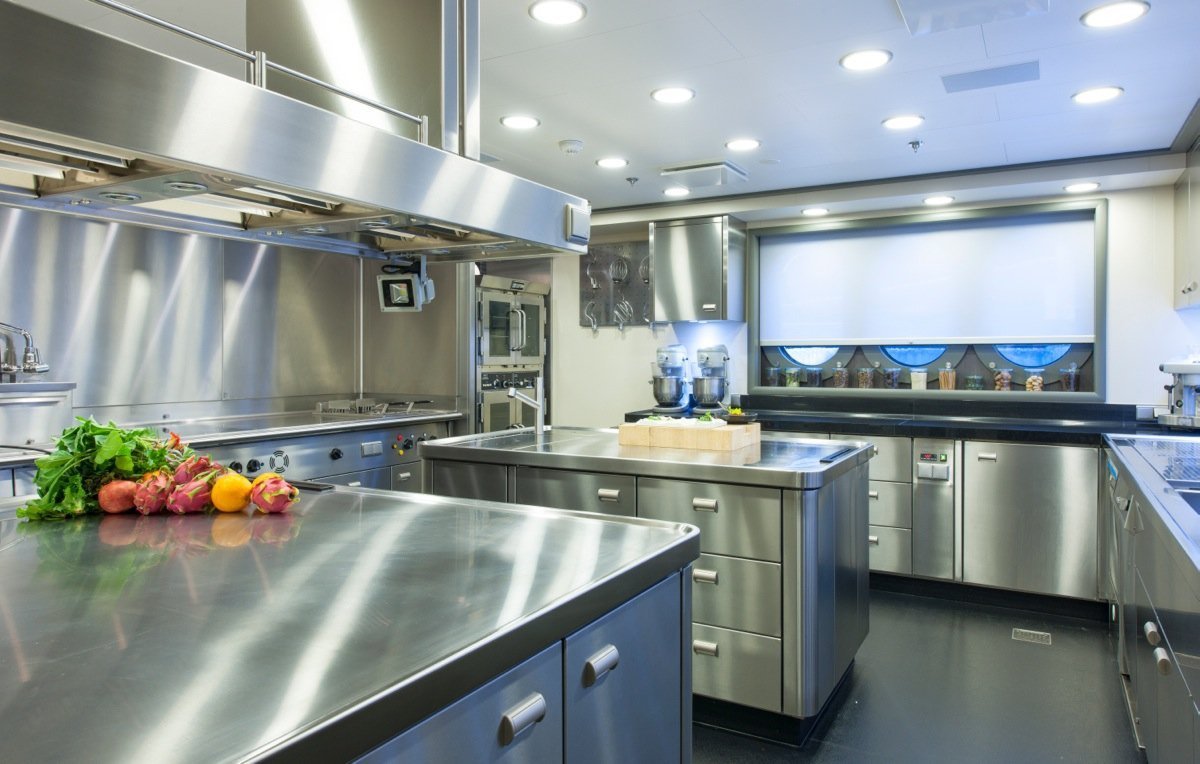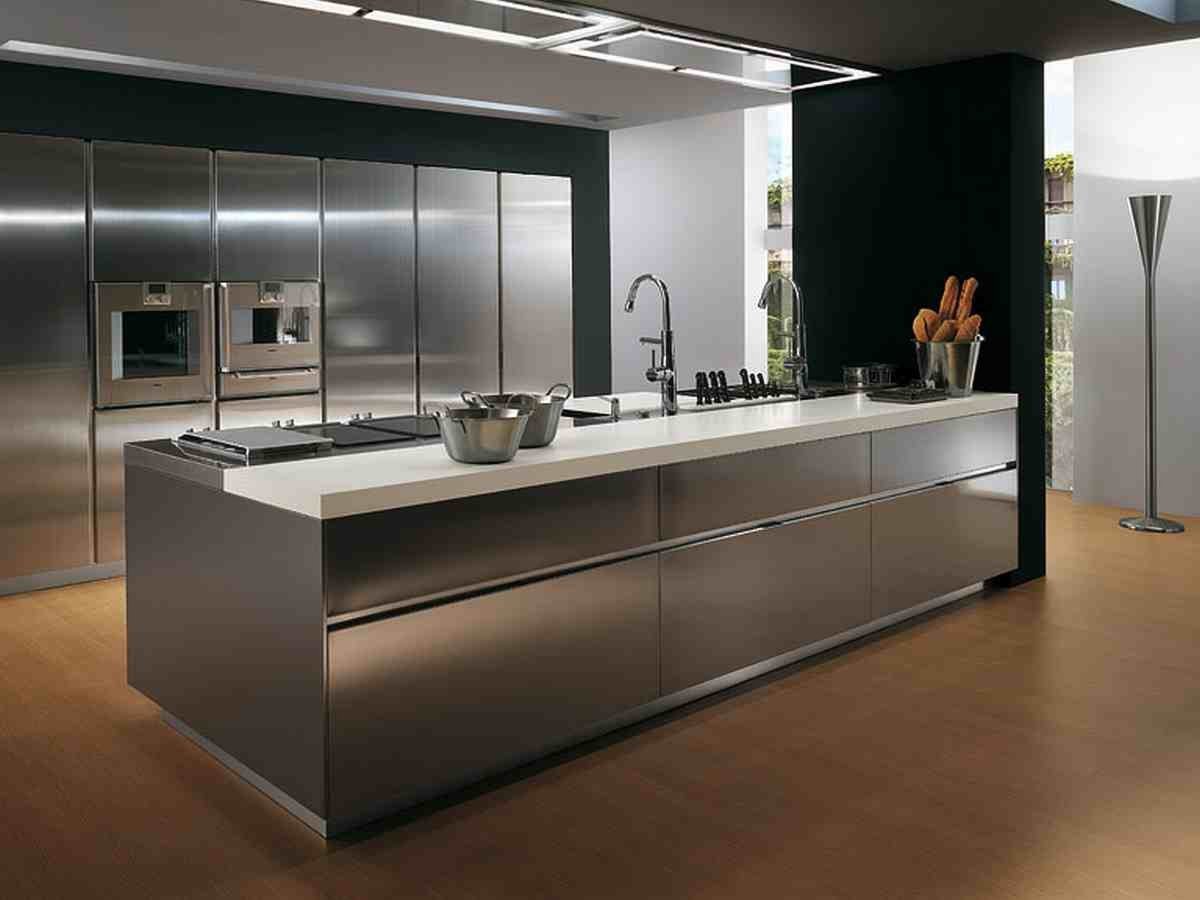History of stainless steel world
Release time:
2023-10-18
The time span from invention to actual industrial application is about ten years :1904-1906GuletFe-Cr-Ni ; 1907-1911 Year, French Portevin and English GissenFe-Cr and Fe-Cr-NiGuillet; 1908-1911Monnartz reveals the corrosion resistance principle of steel and proposes passivation concepts, such as critical chromium content, The effect of carbon and key .
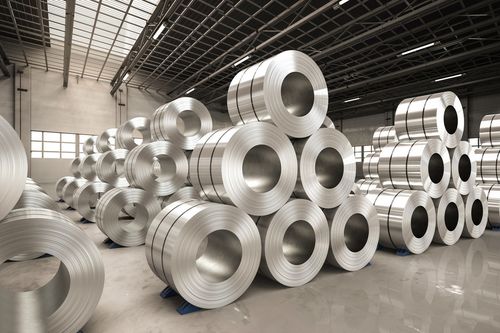
Soon, the practical value of stainless steel was recognized in Europe and the United States. Industrial stainless steel grades are also coming out. : 1912~ 1914 year, BrearleyBrearley12-13%Cr :1911-1914 Years, Americans Dant-sizen invented the new language containing 14-16%Cr,0.07%~0.15%C; German Maurer and Strauss1.0%C, 15-20%r, < 20%Ni austenitic stainless steel, thereafter, On this basis, the famous 18-8 stainless steel Roman">(0.1%C-18%Cr-8%Ni).
In practice, the high carbon austenitic stainless steel was found to have serious intergranular corrosion problems. Then Bain proposed the theory of chromium deficiency in intergranular corrosion, In 3018-8 type stainless steel, stable austenitic stainless steel containing Da and silver has been developed. That is AISI321 and AISI347 At the same time also invented ferrite - > Austenitic duplex stainless steel, And put forward the concept of ultra-low carbon (Cs0.03%) stainless steel, but limited to the gold treatment equipment and technology level at that time could not be applied to industry. As early as 1934 American Folog Invented precipitation-hardened stainless steel, In 40 ~ 50 Martensitic and semi-austenitic precipitated-hardened stainless steels began to be used in military and civilian industry. This series was successfully produced by United States Steel (U. s.tee) >< /font> > Roman">Stainless W as a starting point. In addition, in order to save nickel elements invented to replace nickel with manganese Cr-Ni-Mn-N stainless steel, That is, the American AISI200 is steel.
After the Second World War, due to the development of chemical fertilizer industry and nuclear fuel industry, greatly stimulated the development of stainless steel, And due to the emergence of oxygen steelmaking 1947 The ultra-low carbon type of stainless steel began to commercialize. 50 In the middle of the decade, high performance stainless steel with excellent corrosion resistance was developed. 60 Maraging stainless steel, TRIP(Transformation Induced Plasticity)C+N< High purity ferritic stainless steel of 150ppm appeared one after another. In the past two decades, affected by various local corrosion damage accidents, and the chemical processing industry continues to use new catalysts and new processes, on the basis of the existing, the development of stress corrosion resistance, pitting resistance, crevice corrosion resistance, corrosion fatigue resistance and other special stainless steel, such as duplex stainless steel, Gaoji stainless steel, high-silicon stainless steel. In order to meet the needs of deep drawing forming and cold pier forming, special stainless steel varieties that are easy to form have been developed. At present, the stainless steel series is also constantly improving. Since 2060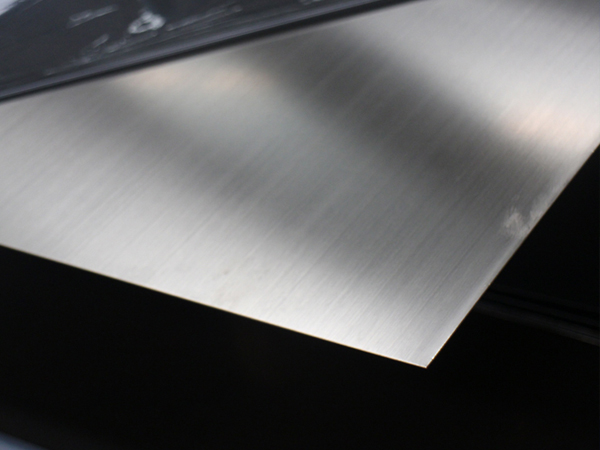
After the Second World War, due to the development of chemical fertilizer industry and nuclear fuel industry, greatly stimulated the development of stainless steel, And due to the emergence of oxygen steelmaking 1947 The ultra-low carbon type of stainless steel began to commercialize. 50 In the middle of the decade, high performance stainless steel with excellent corrosion resistance was developed. 60 Maraging stainless steel, TRIP(Transformation Induced Plasticity)C+N< High purity ferritic stainless steel of 150ppm appeared one after another. In the past two decades, affected by various local corrosion damage accidents, and the chemical processing industry continues to use new catalysts and new processes, on the basis of the existing, the development of stress corrosion resistance, pitting resistance, crevice corrosion resistance, corrosion fatigue resistance and other special stainless steel, such as duplex stainless steel, Gaoji stainless steel, high-silicon stainless steel. In order to meet the needs of deep drawing forming and cold pier forming, special stainless steel varieties that are easy to form have been developed. At present, the stainless steel series is also constantly improving. Since 2060
506060 Industrial trial production 1Cr17Ti, 1r17Mo2Ti1Cr25Mo3Ti 1R17Mo2ti And began to study high-silicon stainless steel resistant to smoking nitric acid corrosion 1Cr17Ni14Si4ALTi ( equivalent to Soviet grade 3M654), This steel is actually a a+V duplex stainless steel. 60 > Since the beginning of the 1990s, due to the needs of the development of domestic chemical industry, aerospace, aviation, atomic energy and other industries and the use of electric furnace oxygen steelmaking technology, a large number of new steel grades, E.g. 17-4PH, 17-7PH, PH15-7Mo Ultra-low carbon stainless steel Cs0.03% 00Cr18Ni1000Cr18Ni14Mo2, 00Cr18Ni14Mo3 and none NiC-Mn-N Stainless steel 1Cr18Mn14Mo2N(A4) has been successfully developed and put into production. 70 To solve the problem of 18-8 type Cr-Ni Chloride stress corrosion of steel, Some a+VCr-Ni biphase stainless steel has been developed and officially produced and applied. The main steel numbers are 1Cr21Ni5Ti, 00 cr26ni6ti < / font > < font face =" tahoma ">, < / font > < font face =" Times New Roman "> cr26ni7mo2ti. 00 00 cr18ni5mo3si2 < / font > < font face="Times New Roman"> and 00Cr18Ni6Mo3SiNb etc. 00Cr18Ni6Mo3Si2Nb3RE60 3re60 Single-phase ferrite structure is easy to appear after welding, Resulting in the decline of corrosion resistance and toughness of the development of N, Roman">Nba+v Duplex stainless steel. 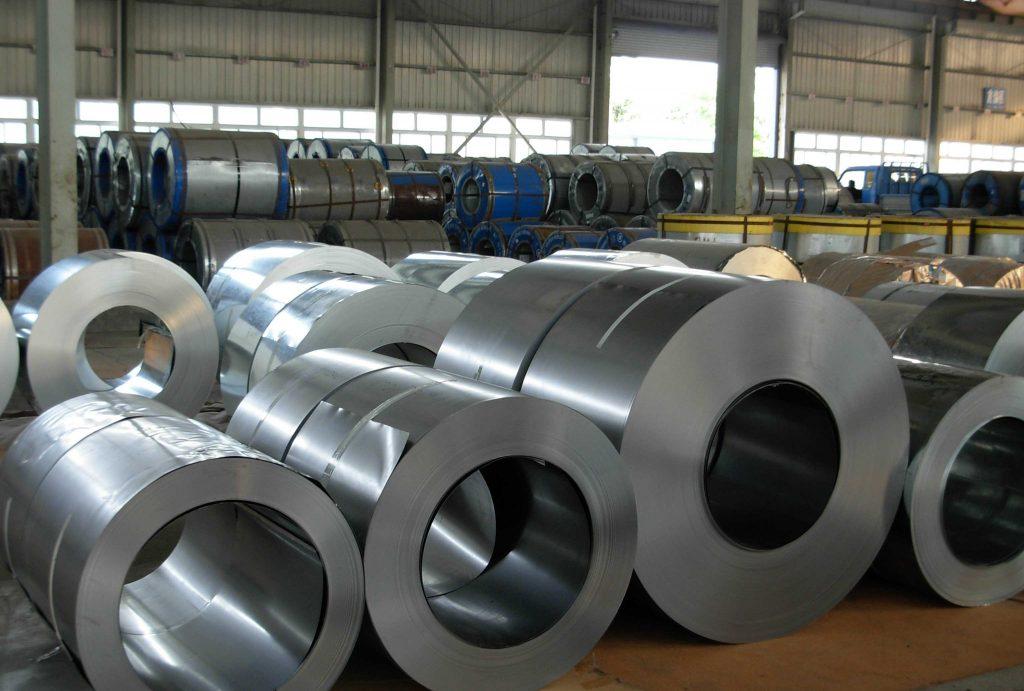
The second generation N is developed and imitated Roman">a+V Duplex stainless steel to solve the chloride pitting corrosion, crevice corrosion and other local corrosion damage, For example, 00Cr22Ni5Mo2N, 00Cr25Ni6M03N00Cr25N7Mo3WCuN /font> Not only the formation of our duplex stainless steel system, but also in-depth study of its structure and properties and N the mechanism of action in duplex stainless steel.
Other important advances in the research of stainless steel materials in China include : > High strength and ultra-high strength maraging stainless steel and put into industrial trial production and application. Using vacuum induction furnace, vacuum electronic furnace and vacuum consumable furnace to control and mass produce C+Ns150-250ppm High purity ferritic stainless steel 00Cr18Mo2, 00Cr26Mo100Cr30Mo2; 00Cr30mo2; contains Mo amount Roman">24.5%Mo and face="Times New Roman">MoN
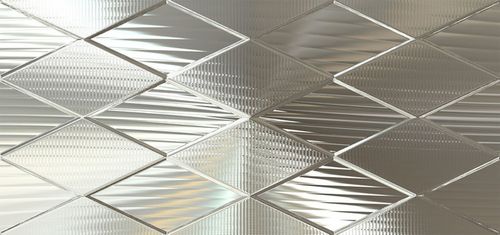
Urea grade stainless steel with ultra-low carbon and strict phasor control for phosphorus content and a Phasor 00Cr18Ni14Mo200Cr25Ni22Mo2N have been developed, and their plates, tubes, bars, forgings and welding materials have been used in the medium and large scale urea industry with satisfactory results ; - > Some special steel mills have built stainless steel refining equipment outside the furnace, For example, AOD( Oxygen refining furnace , VOD( Vacuum refining furnace and so on has been put into production, making China's stainless steel refining technology to a new level. It not only makes the production of low-carbon and ultra-low carbon stainless steel easy, but also makes stainless steel achieve significant cost reduction and efficiency. Due to the Ti18-8Cr-Ni Cr-ni Austenitic steel has a series of shortcomings. As early as 60, advanced industrial countries such as the United States and Japan have realized the realization of Ti Stainless steel to the general use of low-carbon, ultra-low carbon stainless steel transition, However, it was in 1985-1990 that China vigorously carried out the development, production and application of low-carbon and ultra-low carbon stainless steel, and the progress was gratifying. For example, 1988 China's low carbon and ultra-low carbon at the end of the year 18-810% > However, compared with the advanced countries in the production and application of stainless steel () For example, Japan and the United States contain Ti18-8 type type face="Times New Roman">Cr-Ni Steel accounts for only 1.5% of stainless steel production Left and right ) >, the difference is still large. In the '80s, Nitrogen control (N.05%-0.10%) and nitrogen alloying (N> 0.10%)C-Ni Development of austenitic stainless steel. Tests show that, NCr-Ni Austenitic stainless steel and duplex stainless steel is a free alloying element. N > The strengthening effect of elements can reduce the intergranular corrosion sensitivity of stainless steel, improve the corrosion resistance of stainless steel, especially improve the mechanism of pitting corrosion resistance of stainless steel.
Previous Page
Next Page
Previous Page
Next Page
Hot Information
